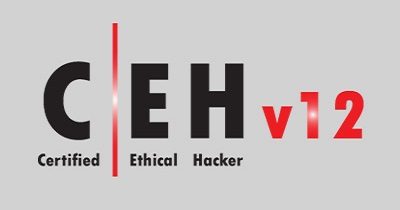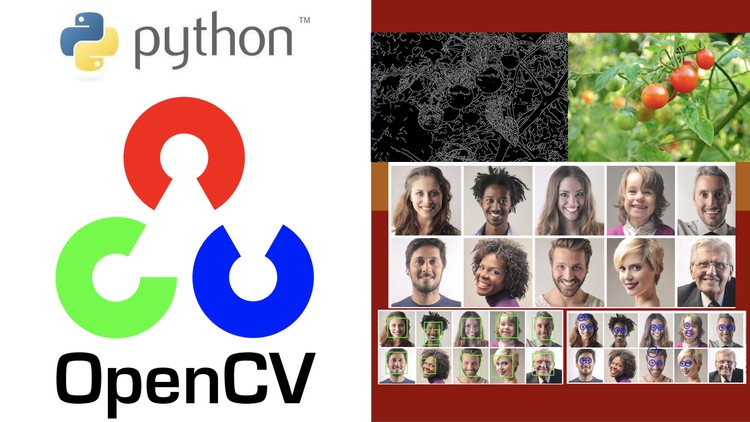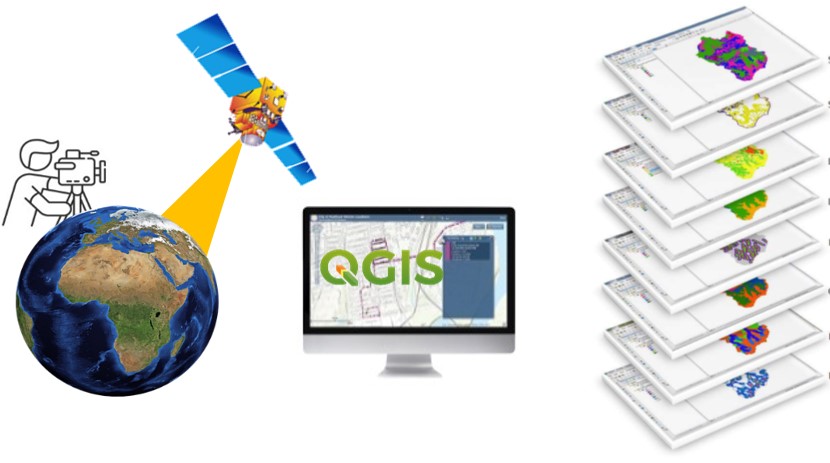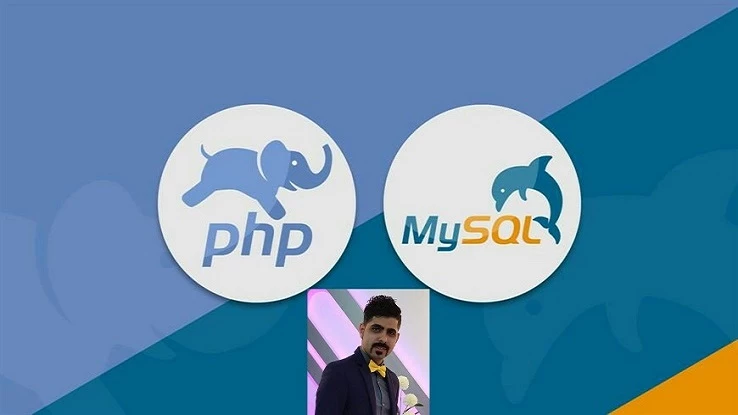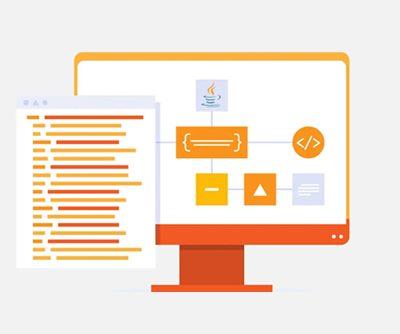Agile is a commonly used tool to work in small increments and is adaptable to changes, which helps to maximise the output produced. Before proceeding let us try to understand the waterfall model.
The waterfall movement:
System requirement is collected and documented for analysis➔System Design to set up to specify the hardware and the system requirements.➔Implementation after unit testing of small program units.➔Once functional and non-functional testing is completed, customer environment is deployed.➔Patches are released and maintenance help to enhance the project.

The Complete JIRA Agile Project Management Course
Last Updated: 2022-04-19
Learn how to quickly manage Scrum and Kanban Agile projects using JIRA Software Cloud and more!
Agile is a project management methodology that emphasises flexibility, collaboration, and continuous improvement. It originated in the software development industry but is now used in various industries to manage projects and teams.
At its core, agile values responding to change over following a plan, working collaboratively with stakeholders and customers, and continuously delivering working products or solutions. Agile teams often work in short, iterative cycles called sprints, planning, executing, and reviewing their work.
The Agile Manifesto, a foundational document for the agile methodology, highlights four values:
- Individuals and interactions over processes and tools
- Working software over comprehensive documentation
- Customer collaboration over contract negotiation
- Responding to change by following a plan
Agile Methodologies:
Agile also emphasizes the importance of self-organizing teams, frequent communication, and continuous learning and improvement. By embracing these values and practices, agile teams aim to increase their efficiency, productivity, and ability to deliver value to their customers.
There are several different agile methodologies that are used to manage projects and teams. Here are some of the most popular ones:
Scrum: Scrum is one of the most widely used agile methodologies. It involves working in short sprints, usually 2-4 weeks and involves a set of ceremonies such as daily stand-ups, sprint planning, sprint review, and sprint retrospective. Scrum teams are cross-functional, self-organizing, and work on a prioritized backlog of work items.
Kanban: Kanban is another popular agile methodology that focuses on continuous flow and visual management. It involves visualizing the work that needs to be done on a Kanban board, limiting work in progress and continuously improving the flow of work. Kanban teams do not have a set iteration length and can release work as soon as it’s ready.
Extreme Programming (XP): XP is an agile methodology that emphasizes engineering practices such as test-driven development, pair programming, continuous integration, and frequent releases. XP teams work in short iterations and focus on delivering high-quality software that meets customer needs.
Lean Agile: Lean Agile is an agile methodology that combines agile principles with lean thinking. It emphasizes eliminating waste, optimizing flow, and delivering value to customers. Lean Agile teams work in short iterations, focus on continuous improvement, and use data to drive decision-making.
Crystal: Crystal is an agile methodology that emphasizes team communication, frequent delivery, and technical excellence. It comes in different flavours, including Crystal Clear, Crystal Orange, and Crystal Red, which are tailored for different project sizes and team structures.
These are just a few of the many agile methodologies that exist. Each methodology has its own set of practices, principles, and benefits, so it’s important to choose the one that best fits your team’s needs and goals.
Agile Principles:
The Agile Manifesto outlines twelve principles that guide the agile methodology. Here are the principles:
- Customer satisfaction through early and continuous delivery of valuable software.
- Welcome changing requirements, even in late development.
- Deliver working software frequently, with a preference for shorter timescales.
- Business people and developers must work together throughout the project.
- Build projects around motivated individuals and give them the support and trust they need.
- The most efficient and effective method of conveying information to and within a development team is face-to-face conversation.
- Working software is the primary measure of progress.
- Agile processes promote sustainable development. The sponsors, developers, and users should be able to maintain a constant pace indefinitely.
- Continuous attention to technical excellence and good design enhances agility.
- Simplicity – the art of maximizing the amount of work not done – is essential.
- Self-organizing teams encourage great architectures, requirements, and designs.
- At regular intervals, the team reflects on how to become more effective, then tunes and adjusts its behaviour accordingly.
These principles emphasize the importance of customer collaboration, flexibility, frequent delivery of working software, and continuous improvement. Agile teams are expected to follow these principles to deliver value to their customers, improve team communication and collaboration, and deliver high-quality products that meet user needs.



